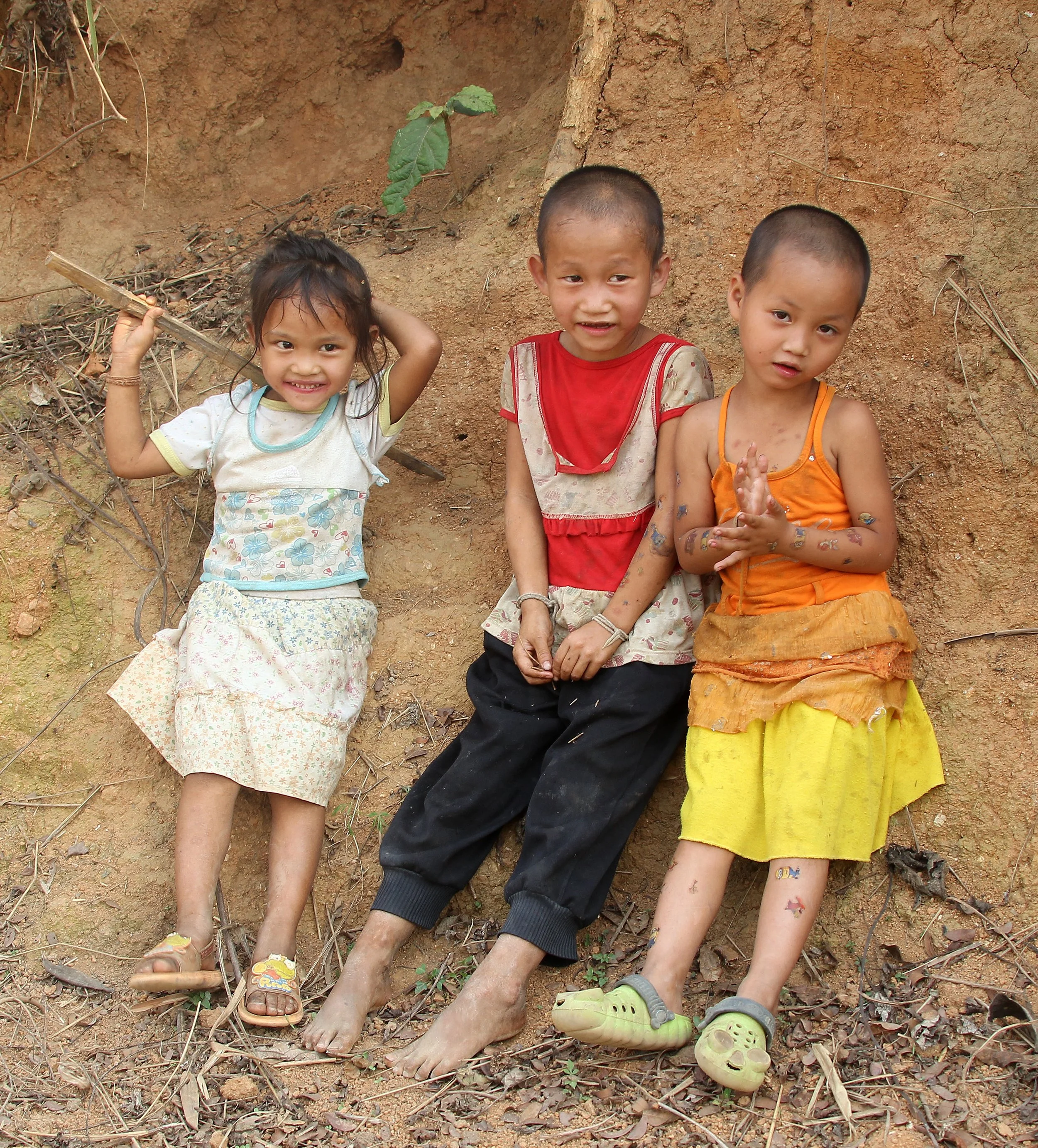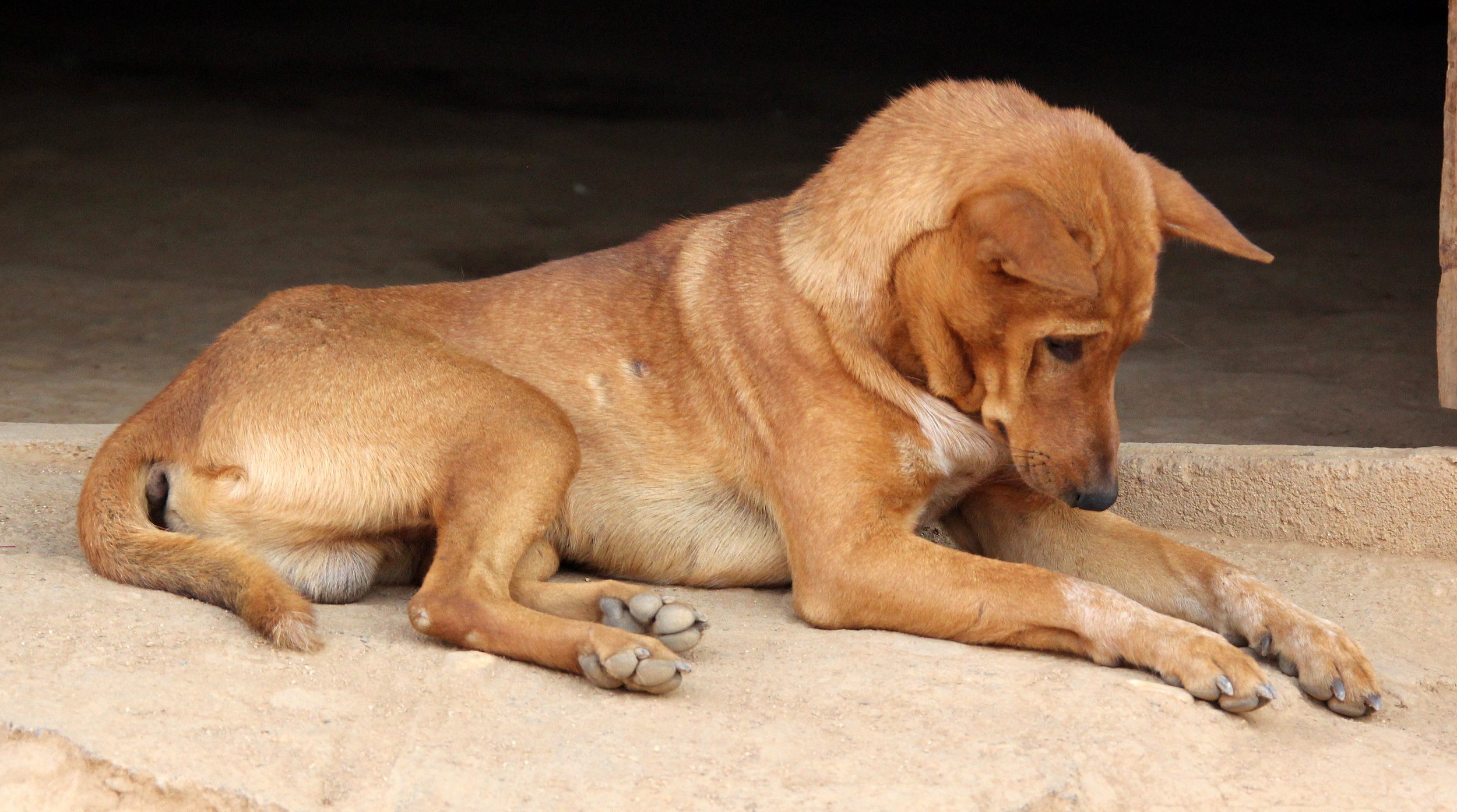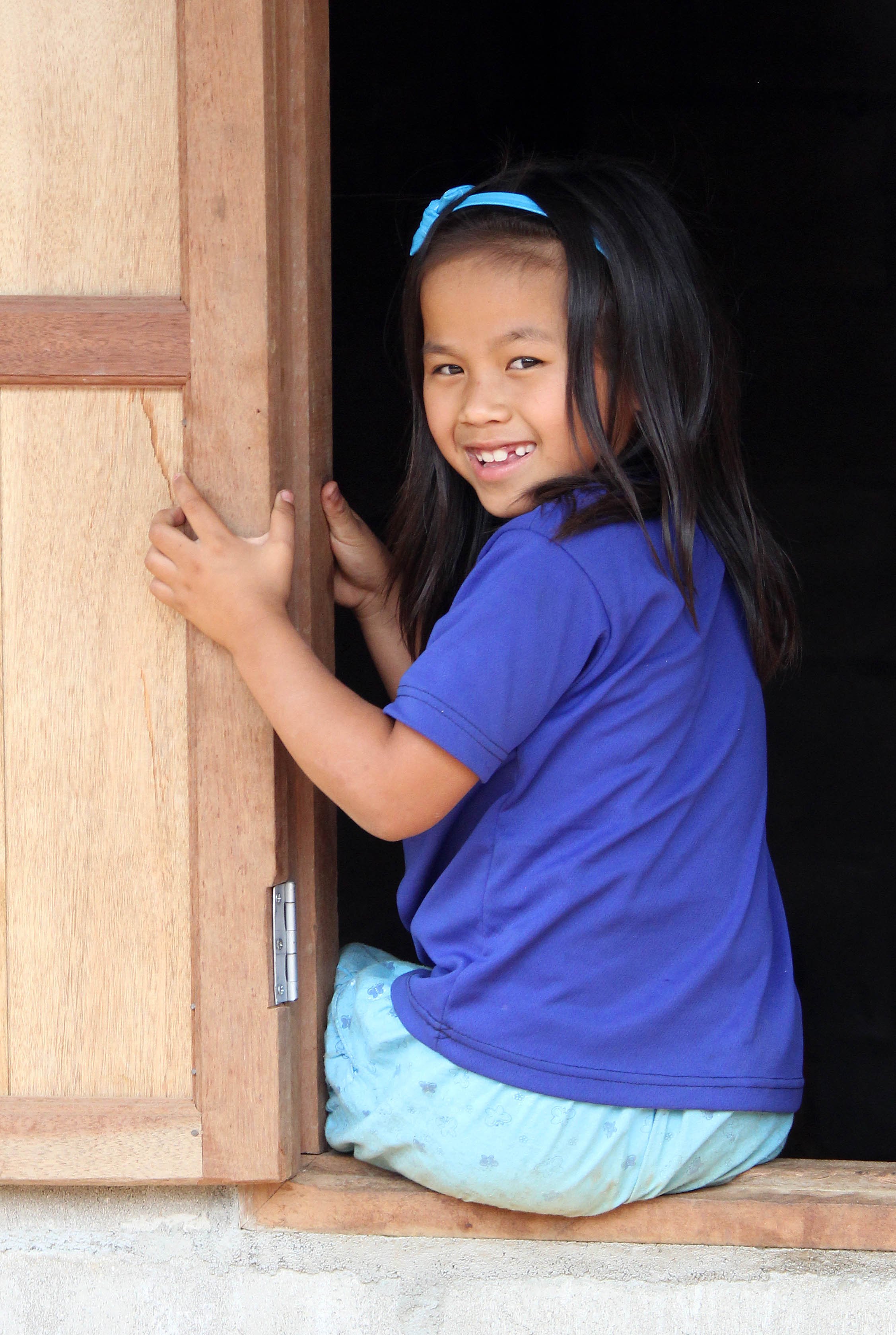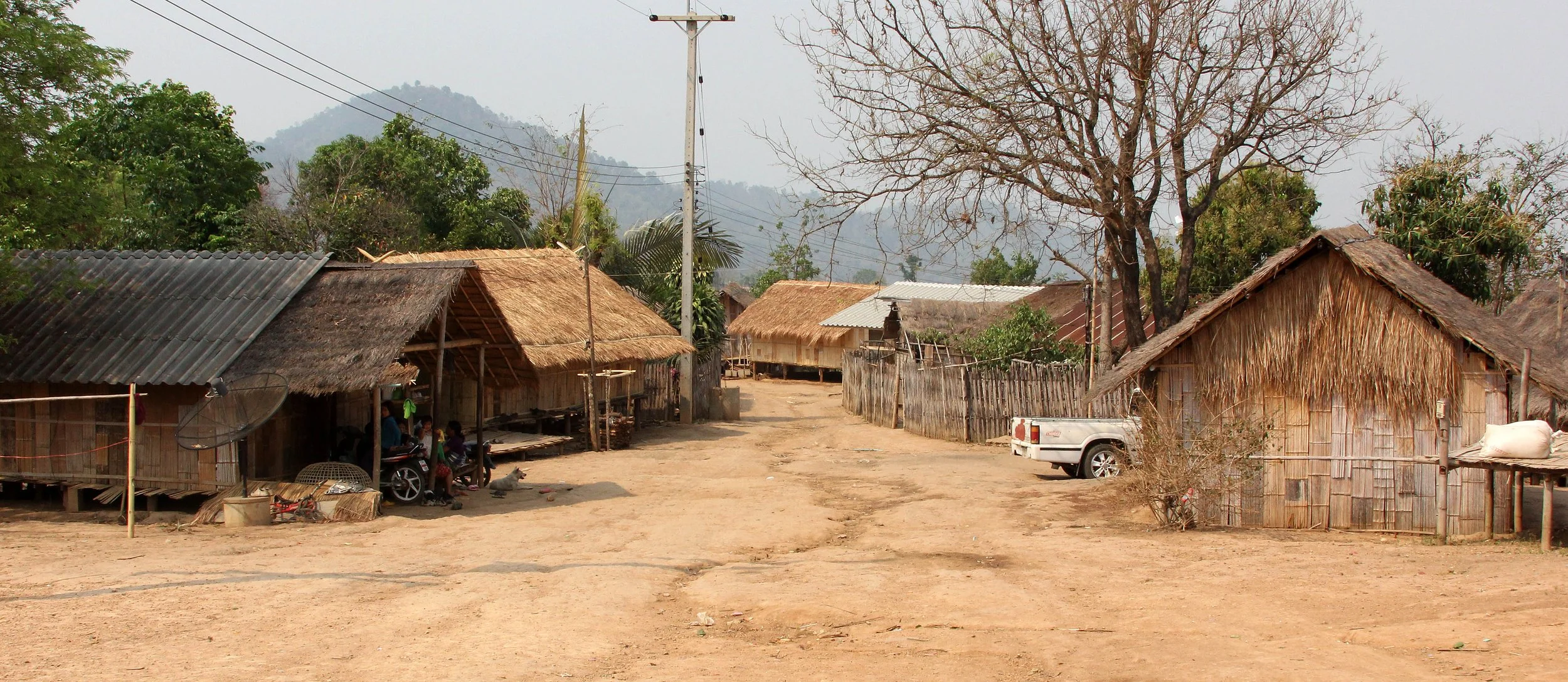The Lahu
The Lahu people (Chinese: 拉祜族 Lāhùzú; Lahu: Ladhulsi / Kawzhawd; Vietnamese: La Hủ) are an ethnic group native to China, Myanmar, and the rest of Mainland Southeast Asia.
The Chinese name "Lahu" literally means "to drag favour from heaven" (拉, lā, "to drag"; 祜, hù, "blessing, favour"). It replaced the older and more-offensive[clarification needed] "Luohei" (猓黑) as the official Chinese name for the Lahu people.
The Lahu are one of the 56 ethnic groups officially recognized by the People's Republic of China, where about 720,000 live in Yunnan province, mostly in Lancang Lahu Autonomous County. In Thailand, the Lahu are one of the six main groups categorized as hill tribes.[3] The Tai often refer to them by the exonym Musoe (also spelled Muser; Thai: มูเซอ), meaning 'hunter'. They are one of 54 ethnic groups in Vietnam, and mostly live in three communes of Mường Tè, Lai Châu Province.
Left to right, Governor, Prime Minister, Lahu President, Lahu Leader from Lachang, China.
International Lahu Development Foundation team facilitating the first ever International Lahu New Years at Payap University in Chiang Mai, Thailand. Event took place on January 11-13, 2024.
A few Lahu, along with many Hmong and Mien and some Lao, were recruited by the United States Central Intelligence Agency to help fight against the communist Pathet Lao, known as the secret war, during the Laotian Civil War. In fear of retribution when the Pathet Lao took over the Laotian government in 1975, those who had helped the United States fled to neighboring Thailand seeking political asylum.
A couple thousand Lahu have resettled in the United States as refugees, in the states of California, Minnesota, North Carolina, Texas, and Utah.
The Lahu divide themselves into a number of subgroups, such as the Lahu Na (Black Lahu), Lahu Nyi (Red Lahu), Lahu Hpu (White Lahu), Lahu Shi (Yellow Lahu) and the Lahu Shehleh. Where a subgroup name refers to a color, it refers to the traditional color of their dress. These groups do not function as tribes or clans - there are no kin groups above that of the family. Lahu trace descent bilaterally, and typically practice matrilocal residence.
The Lahu language is part of the Loloish branch of the Lolo–Burmese subgroup of the Tibeto-Burman family (itself a member of the Sino-Tibetan language family). Like most of its relatives, it is a strongly isolating language with subject–object–verb word order, and a set of numeral classifiers. There are seven tones, and consonants cannot close syllables. The language spoken by the Lahu Shi is notably divergent from that spoken by the other groups. In Thailand, Lahu Na often serves as a lingua franca among the various hill tribes. Written Lahu uses the Latin alphabet. Among Christian villages, the language has been enriched by loanwords from English, Latin and Greek via Bible translation, plus neologisms in the areas of hygiene, music and education.































































































